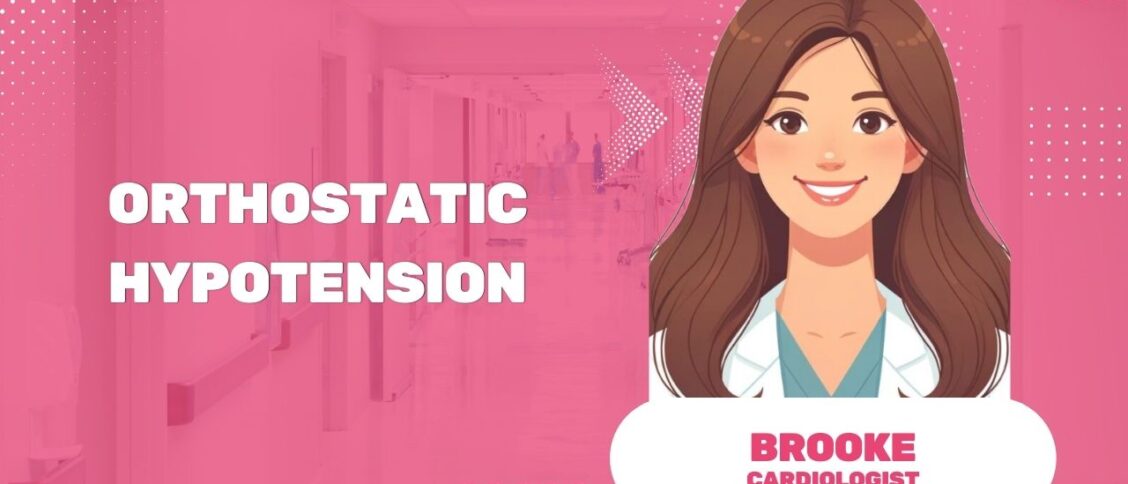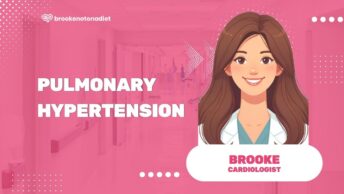If you’ve ever felt dizzy or lightheaded after standing up too quickly, you’ve experienced a taste of what’s known as orthostatic hypotension. It’s a condition that’s more than just a momentary head rush.
Orthostatic hypotension, also known as postural hypotension, is a form of low blood pressure that happens when you stand up from sitting or lying down. But what exactly causes this sudden drop in blood pressure? That’s what we’ll explore in this article.
From dehydration to certain medications, the causes of orthostatic hypotension are varied and complex. Understanding these causes can help you manage, and possibly prevent, this condition. So, let’s delve into the world of orthostatic hypotension.
What is Orthostatic Hypotension?
Orthostatic hypotension, it’s a mouthful, isn’t it? But it’s a term that’s crucial to understand, especially for those who’ve experienced a sudden lightheadedness upon standing up.
Definition
Orthostatic hypotension, also known as postural hypotension, describes a sudden decrease in blood pressure that happens when you stand up from sitting or lying down. Normally, your body adjusts your blood pressure to accommodate your change in position. But with orthostatic hypotension, this adjustment doesn’t occur, resulting in dizziness or fainting.
Symptoms
So, how do you know if you’ve got orthostatic hypotension? Keep an eye out for these common symptoms:
- Dizziness or lightheadedness
- Fainting (syncope)
- Blurred vision
- Weakness
- Nausea
These symptoms may last a few minutes and get better when you sit or lie down. They’re often mild, but depending on their severity, they may necessitate a visit to your doctor.
Causes
Let’s dive into why orthostatic hypotension happens. It could be down to many factors such as:
- Dehydration or overheating
- Certain medications like diuretics, beta blockers, or drugs for Parkinson’s disease
- Age, as your risk increases after the age of 50
- Certain diseases or conditions, including diabetes, heart conditions, and Parkinson’s disease
I’ll delve deeper into these causes, including more specifics on how they lead to orthostatic hypotension, later in the article. For the time being, it’s important to understand that there are quite a few diverse causes, which is why this condition can affect almost anyone, and why its management can be quite complex.
Common Causes of Orthostatic Hypotension
There’s a diverse range of factors that can lead to orthostatic hypotension. It’s vital to note that each cause needs a different kind of intervention, which adds to the complexity of managing this condition. Now, let’s look into these causes in detail.
Dehydration
Dehydration is one of the major culprits behind orthostatic hypotension. Here’s how that happens: When you’re dehydrated, it means your body doesn’t have enough water to carry out its normal functions. This leads to a reduced blood volume, lowering your blood pressure swiftly as you stand up.
So, keeping yourself properly hydrated is an effective measure to fend off this condition. Remember, anything that causes rapid water loss—excessive sweating, fever, nor strenuous exercise—can lead to dehydration.
Medications
Different kinds of medications are known to influence your blood pressure levels. Some drugs for hypertension, heart diseases, Parkinson’s disease, and depression are known to cause orthostatic hypotension. They can hinder how your body controls blood pressure or influence the volume of fluids, eventually leading to postural hypotension.
Antipsychotic medications and muscle relaxants also feature in the list of meds that could cause orthostatic hypotension. Knowing these drugs’ side effects can help in managing the situation better, and it advises involving a healthcare expert in your medication regime.
Taking medication isn’t a lone scenario, alcohol mixed with medicines can compound the situation, so it’s better to steer clear from such combinations.
Nervous System Disorders
Certain conditions affecting the nervous system can bring on orthostatic hypotension. This happens because they disrupt the body’s ability to regulate blood pressure.
Parkinson’s Disease tops the list of nervous system disorders that contribute towards orthostatic hypotension. Other common disorders include Multiple System Atrophy (MSA), Pure Autonomic Failure (PAF), and diabetic neuropathy. All these conditions chip away at your body’s ability to regulate blood pressure, causing it to plummet when you change your posture to standing.
It should be understood that while these are common causes, they’re not exhaustive. The actual causes may differ from person to person, and for some, it might be a combination of these mentioned factors. Therefore, it’s paramount to understand the condition in its entirety for effective treatment and management.
Less Common Causes of Orthostatic Hypotension
Understanding the less common causes of orthostatic hypotension can help shed light on this complex medical condition. Let’s delve into a couple of these underlying conditions that can contribute to this sudden drop in blood pressure upon standing.
Diabetic Neuropathy
Diabetic neuropathy, a nerve damage complication associated with diabetes, can also play a significant role in causing orthostatic hypotension. When the autonomic nerves responsible for controlling blood pressure are damaged, it interferes with the body’s ability to adjust blood pressure levels effectively. The result? A sudden decrease in blood pressure when shifting upright – a clear sign of orthostatic hypotension.
Nerve damage lies at the heart of orthostatic hypotension in diabetic neuropathy. High blood sugar levels can cause damages to both peripheral and autonomic nerves. The latter being primarily responsible for involuntary actions such as heart rate regulation and blood pressure control.
Parkinson’s Disease
Parkinson’s disease, a progressive nervous system disorder largely affecting movement, is another less common cause of orthostatic hypotension. It’s estimated that 30-50 of people with Parkinson’s will develop orthostatic hypotension. This surprisingly high link between the two conditions can be tied back to the damage caused by Parkinson’s to the autonomic nervous system, resulting in difficulties for the body in regulating blood pressure levels upon standing.
Just think about it – your body constantly needs to adjust blood pressure to match your activities. When sitting down, blood pressure’s lower. Upon standing up quickly, blood pressure needs to increase to ensure blood supplies reach the brain. If Parkinson’s has damaged the part of your brain that handles this autopilot adjustment – orthostatic hypotension will become a recurring issue.
Let’s continue shedding light on this intriguing topic as we explore more causes of orthostatic hypotension.
Conclusion
Orthostatic hypotension’s complexity isn’t something to overlook. Its ties to conditions like diabetic neuropathy and Parkinson’s disease underline its seriousness. These conditions can damage the autonomic nerves that help regulate blood pressure. This damage can lead to difficulties in maintaining blood pressure when shifting to a standing position. By recognizing these links, we’re better equipped to understand and manage orthostatic hypotension. It’s crucial to remember that these are just a few examples of the less common causes. The more we learn, the better we can navigate the challenges posed by this condition. Knowledge is power, and in this case, it could mean the difference between managing symptoms effectively or struggling with them.







